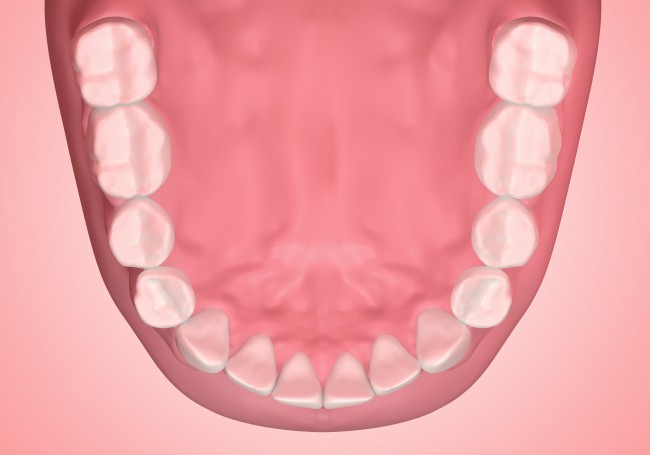Tooth extraction is performed for many reasons.
 Teeth are often removed because they are impacted, that is,
they cannot erupt normally on their own. It normally precedes
a very painful, broken, damaged or badly decayed tooth and is
done to prevent further complications and discomfort. However,
there are instances when even an undamaged molar needs to be
surgically removed because it has been impacted, such as the
case of a wisdom tooth.
Teeth are often removed because they are impacted, that is,
they cannot erupt normally on their own. It normally precedes
a very painful, broken, damaged or badly decayed tooth and is
done to prevent further complications and discomfort. However,
there are instances when even an undamaged molar needs to be
surgically removed because it has been impacted, such as the
case of a wisdom tooth.
The Procedure
Tooth extraction can be performed with local anesthesia if the tooth is exposed and appears to be easily removable in one piece. An instrument called an elevator is used to loosen (luxate) the tooth, widen the space in the bone and break the tiny elastic fibers that attach the tooth to the bone.
Tooth extractions can form the basis of many cosmetic dental treatments. For example, dental implant treatment typically requires tooth extraction to prepare the mouth for insertion of the implant and it is sometimes the case with orthodontic treatment that teeth need to be removed to create space.
Recovery
In modern dentistry the pain during the extraction procedure is almost diminished, but post-operative tooth extraction pain still remains a concern. Tooth extraction healing takes only about five to seven days to be mostly complete. After seven days the healing is good enough to eat the harder foods without causing pain.
Summary
Tooth or dental extraction is one of the most common procedures of the dentist and oral surgeon. Tooth extraction is a minor surgery unless there is serious infection or disease present in which case the patient is best serviced by an oral and maxillofacial surgeon.